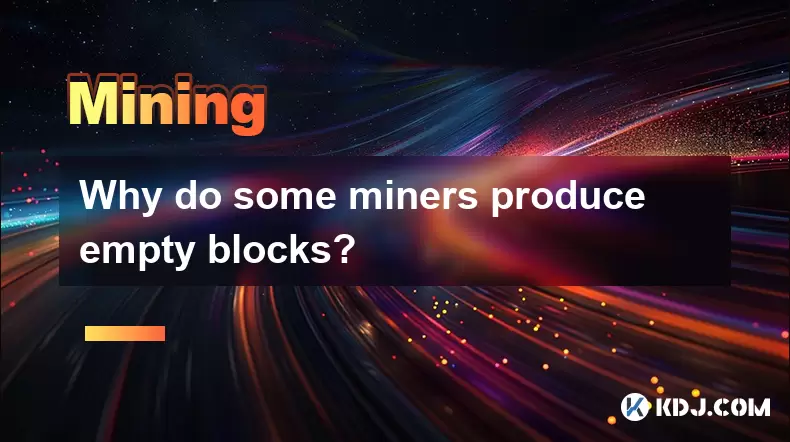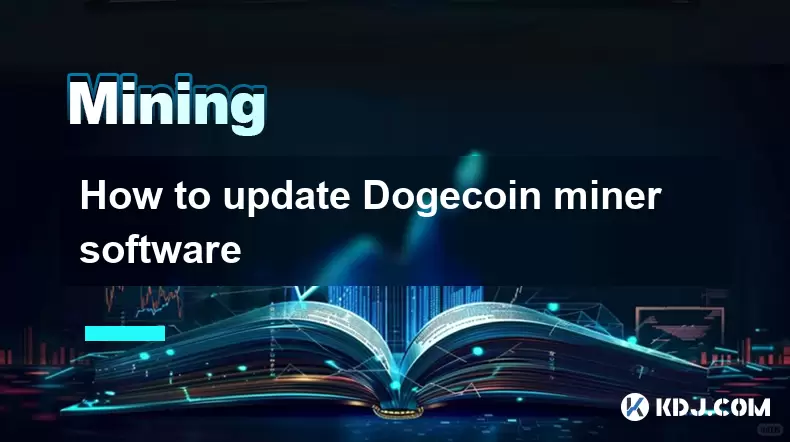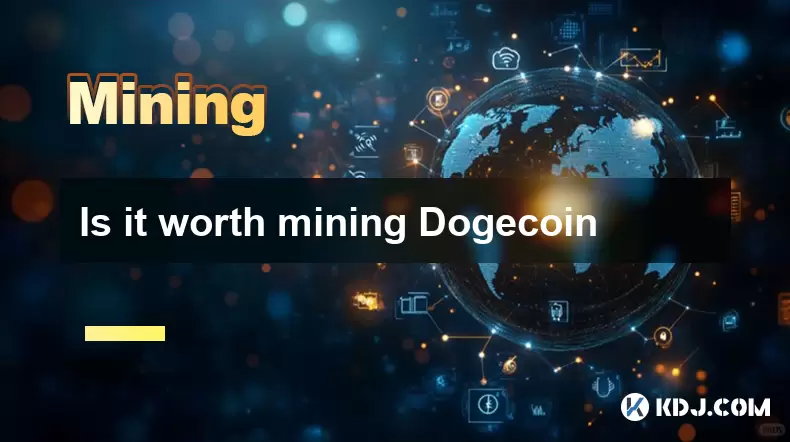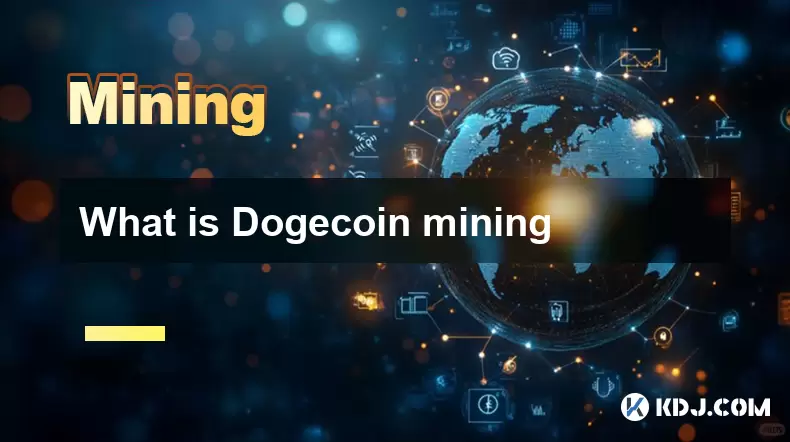-
 Bitcoin
Bitcoin $117,576.6195
-0.21% -
 Ethereum
Ethereum $2,938.5668
-1.35% -
 XRP
XRP $2.7699
4.60% -
 Tether USDt
Tether USDt $1.0003
0.01% -
 BNB
BNB $688.1624
-0.01% -
 Solana
Solana $160.5113
-1.95% -
 USDC
USDC $0.9999
0.01% -
 Dogecoin
Dogecoin $0.1976
-0.70% -
 TRON
TRON $0.3008
1.54% -
 Cardano
Cardano $0.7159
-2.16% -
 Hyperliquid
Hyperliquid $46.2240
2.04% -
 Stellar
Stellar $0.3966
22.03% -
 Sui
Sui $3.3928
-3.11% -
 Chainlink
Chainlink $15.1204
-2.43% -
 Bitcoin Cash
Bitcoin Cash $515.1741
-1.19% -
 Avalanche
Avalanche $20.8130
-0.90% -
 Hedera
Hedera $0.2001
-2.12% -
 UNUS SED LEO
UNUS SED LEO $9.0522
0.72% -
 Shiba Inu
Shiba Inu $0.0...01316
-2.01% -
 Toncoin
Toncoin $2.9843
0.61% -
 Litecoin
Litecoin $92.6745
-2.71% -
 Polkadot
Polkadot $3.9483
-0.06% -
 Monero
Monero $328.5347
1.10% -
 Dai
Dai $0.9998
0.01% -
 Ethena USDe
Ethena USDe $1.0006
-0.01% -
 Uniswap
Uniswap $8.3739
-6.50% -
 Bitget Token
Bitget Token $4.4241
-1.99% -
 Pepe
Pepe $0.0...01222
-3.96% -
 Aave
Aave $300.5203
-3.61% -
 Bittensor
Bittensor $382.2607
-1.92%
Why do some miners produce empty blocks?
Miners sometimes create empty blocks to reduce delays and avoid losing rewards due to network latency or slow transaction verification.
Jul 12, 2025 at 02:21 pm

Understanding the Concept of Empty Blocks in Cryptocurrency Mining
In the world of blockchain and cryptocurrency mining, empty blocks refer to mined blocks that contain no transactions other than the coinbase transaction. This means the miner who found the block only includes their own reward transaction and omits all other pending transactions from the mempool. While this might seem counterintuitive or even malicious at first glance, there are several reasons why a miner may choose to produce an empty block.
One primary reason is network latency, especially for large mining pools located far from major network hubs. If a miner receives a newly mined block just before they find their own solution, including transactions could cause delays due to synchronization issues. By mining an empty block, they reduce the time needed to validate and propagate the new block across the network.
Reducing Transaction Verification Time
Including transactions in a block requires miners to verify each one, which takes time and computational resources. In high-speed environments where every millisecond counts, miners may skip this step to prioritize speed over transaction inclusion. The verification process involves checking digital signatures, ensuring inputs are valid, and confirming that outputs do not exceed inputs — all of which can slow down the process.
- Miners may have limited bandwidth or processing power.
- High-priority transactions may take longer to verify.
- Some transactions may be complex (e.g., smart contracts), increasing verification time.
By forgoing these checks, miners ensure that their blocks reach the network faster, reducing the likelihood of orphaning. Orphaned blocks occur when two miners find a valid block simultaneously, but only one gets added to the chain. The other block becomes invalid, and the miner loses the reward.
Maximizing Block Propagation Efficiency
Another factor influencing the creation of empty blocks is block propagation efficiency. Larger blocks with many transactions take longer to transmit across the network. Delays in propagation increase the risk of forks and orphaned blocks. To mitigate this, some miners opt to create smaller, empty blocks that can be quickly validated and accepted by nodes.
This practice is particularly relevant in networks with high block propagation times or congested mempools. When the network is busy, including more transactions increases the chances of delays during transmission. Therefore, producing an empty block allows miners to maintain a competitive edge by minimizing lag.
Strategic Behavior Among Mining Pools
Certain mining pools may engage in strategic behavior by intentionally mining empty blocks to gain an advantage over competitors. This tactic, sometimes referred to as "selfish mining," aims to disrupt the network by forcing other miners to waste resources on blocks that ultimately become obsolete.
For example:
- A large pool mines an empty block and immediately releases it.
- Other miners begin building on top of it before receiving all transactions.
- When the full block arrives, it may be rejected or ignored, giving the original miner a head start.
While this approach isn’t explicitly malicious, it raises ethical concerns about fairness and decentralization. It also highlights how network incentives can lead to unintended behaviors that deviate from ideal blockchain practices.
Technical Limitations and Misconfigurations
Sometimes, empty blocks are the result of technical misconfigurations or software bugs within mining operations. For instance, if a mining node fails to synchronize properly with the rest of the network, it may not receive pending transactions in time. Similarly, outdated or faulty mining software may not handle transaction selection correctly, leading to unintentional empty blocks.
Common technical issues include:
- Incorrect mempool settings.
- Poorly configured relay systems.
- Bugs in custom mining firmware or scripts.
These problems are usually resolved through updates, better infrastructure, or improved monitoring tools. However, until such fixes are implemented, miners may inadvertently contribute to the occurrence of empty blocks.
Impact on Network Health and User Experience
Although empty blocks don't compromise the security of the blockchain itself, they can negatively affect user experience and network efficiency. When users send transactions, they expect them to be included in upcoming blocks. Repeated empty blocks delay confirmations and may lead to higher fees as users attempt to outbid others for block space.
Additionally:
- Mempool congestion worsens with fewer transactions being processed.
- Fee markets become less predictable.
- Users lose trust in consistent transaction confirmation times.
Despite these drawbacks, empty blocks remain a natural, albeit undesirable, side effect of the current consensus mechanisms and network dynamics.
Frequently Asked Questions
What is the difference between an empty block and an orphaned block?
An empty block contains only the coinbase transaction, while an orphaned block is a valid block that was not accepted into the main chain because another block was mined simultaneously. Orphaned blocks are not necessarily empty; they simply lost the race to be confirmed.
Can empty blocks be prevented entirely?
Preventing empty blocks completely would require changes to the block propagation protocol, incentive structures, or improvements in node synchronization speeds. While progress has been made through technologies like compact block relay, eliminating empty blocks entirely remains challenging due to network constraints and miner behavior.
Do all cryptocurrencies experience empty blocks?
Most proof-of-work (PoW) blockchains experience empty blocks to varying degrees, though the frequency depends on factors like network size, transaction volume, and mining centralization. Proof-of-stake (PoS) chains typically face fewer issues since validators are chosen algorithmically rather than competitively.
Is mining empty blocks illegal or against protocol rules?
Mining empty blocks is not against any protocol rules and does not constitute a violation of network consensus. While some view it as inefficient or anti-social, it remains a legitimate strategy within the framework of decentralized mining incentives.
Disclaimer:info@kdj.com
The information provided is not trading advice. kdj.com does not assume any responsibility for any investments made based on the information provided in this article. Cryptocurrencies are highly volatile and it is highly recommended that you invest with caution after thorough research!
If you believe that the content used on this website infringes your copyright, please contact us immediately (info@kdj.com) and we will delete it promptly.
- Cardano, Avalanche, and the Tiny Token Tipping the Scales: Remittix (RTX) Takes Center Stage
- 2025-07-12 21:10:12
- Pi Network: Navigating KYC Delays and the Quest for Rewards
- 2025-07-12 20:50:12
- Bitcoin, Crypto & Bills: A New Yorker's Guide to Paying Up!
- 2025-07-12 20:30:12
- Crypto News, Coinpedia Digest, July 2025: A Wild Week in Crypto!
- 2025-07-12 21:15:12
- XRP, Solana, and the Altcoin Season Buzz: Are We There Yet?
- 2025-07-12 20:30:12
- Cracking the Code: Passive Income with Crypto & Altcoins in the 2025 Bull Run
- 2025-07-12 18:30:12
Related knowledge

How to keep a mining rig cool
Jul 12,2025 at 01:42pm
Understanding the Importance of Cooling in Mining RigsCryptocurrency mining is an intensive process that places heavy demand on hardware components, p...

How to find the best Dogecoin mining pool for me
Jul 12,2025 at 04:14pm
Understanding the Role of a Mining PoolWhen mining Dogecoin, joining a mining pool can significantly increase your chances of earning consistent rewar...

How to update Dogecoin miner software
Jul 12,2025 at 12:36pm
Understanding Dogecoin Mining and the Need for Software UpdatesDogecoin mining involves using specialized software to validate transactions on the Dog...

Overclocking settings for Dogecoin mining
Jul 12,2025 at 12:57pm
Understanding Overclocking in Dogecoin MiningOverclocking refers to the process of increasing the clock rate of a component—typically a GPU or CPU—bey...

Is it worth mining Bitcoincoin
Jul 12,2025 at 04:35pm
Understanding the Basics of Dogecoin MiningDogecoin (DOGE) is a cryptocurrency that was originally created as a joke in 2013 but has since gained sign...

What is Dogecoin mining
Jul 12,2025 at 06:29pm
Understanding the Basics of Dogecoin MiningDogecoin mining refers to the process by which new Dogecoins are introduced into the digital ecosystem. Thi...

How to keep a mining rig cool
Jul 12,2025 at 01:42pm
Understanding the Importance of Cooling in Mining RigsCryptocurrency mining is an intensive process that places heavy demand on hardware components, p...

How to find the best Dogecoin mining pool for me
Jul 12,2025 at 04:14pm
Understanding the Role of a Mining PoolWhen mining Dogecoin, joining a mining pool can significantly increase your chances of earning consistent rewar...

How to update Dogecoin miner software
Jul 12,2025 at 12:36pm
Understanding Dogecoin Mining and the Need for Software UpdatesDogecoin mining involves using specialized software to validate transactions on the Dog...

Overclocking settings for Dogecoin mining
Jul 12,2025 at 12:57pm
Understanding Overclocking in Dogecoin MiningOverclocking refers to the process of increasing the clock rate of a component—typically a GPU or CPU—bey...

Is it worth mining Bitcoincoin
Jul 12,2025 at 04:35pm
Understanding the Basics of Dogecoin MiningDogecoin (DOGE) is a cryptocurrency that was originally created as a joke in 2013 but has since gained sign...

What is Dogecoin mining
Jul 12,2025 at 06:29pm
Understanding the Basics of Dogecoin MiningDogecoin mining refers to the process by which new Dogecoins are introduced into the digital ecosystem. Thi...
See all articles
























































































